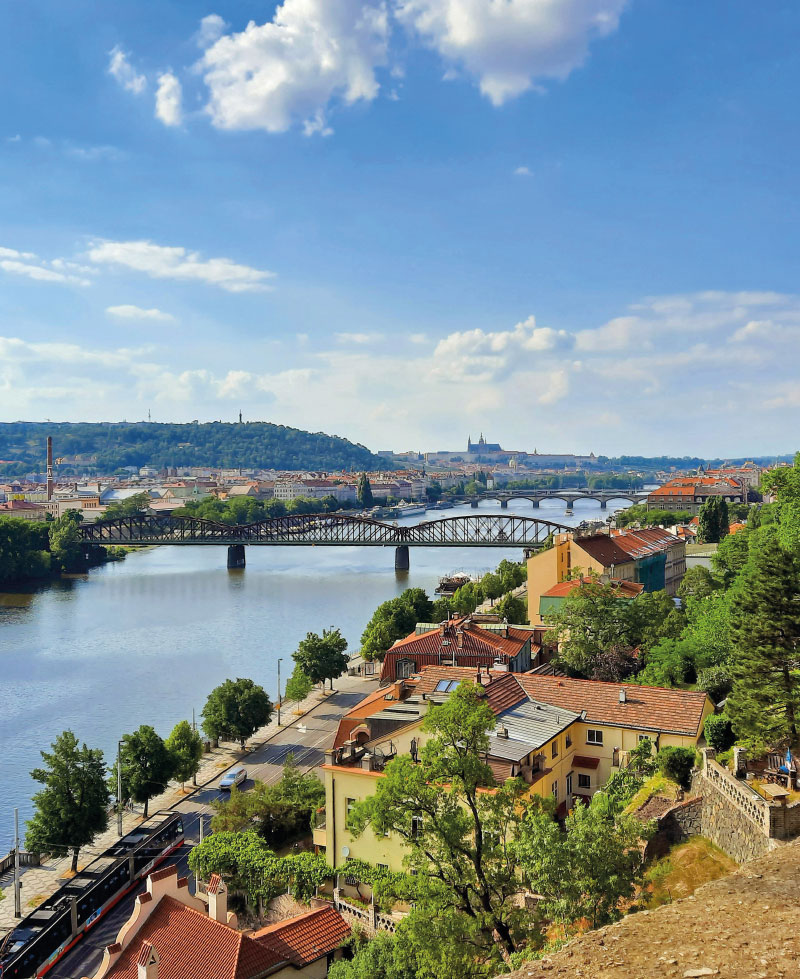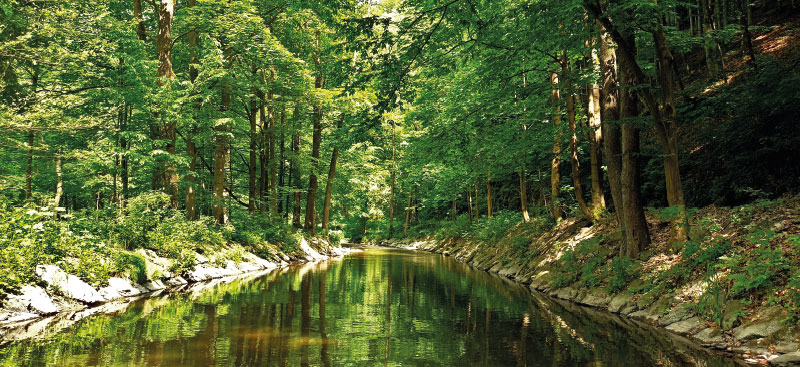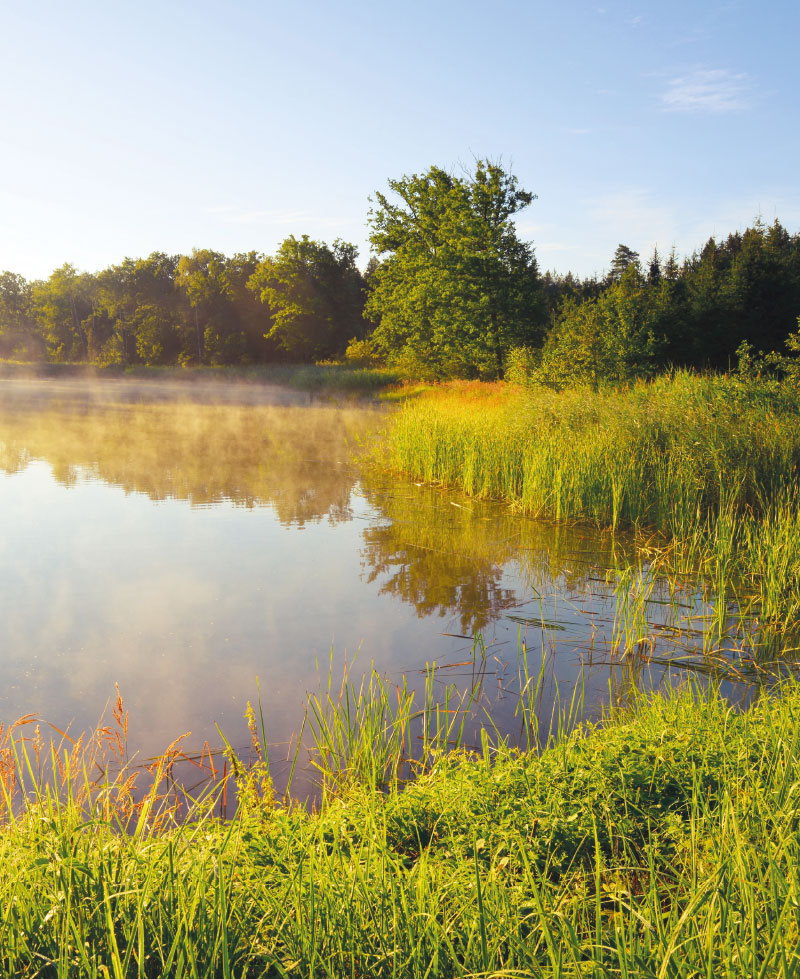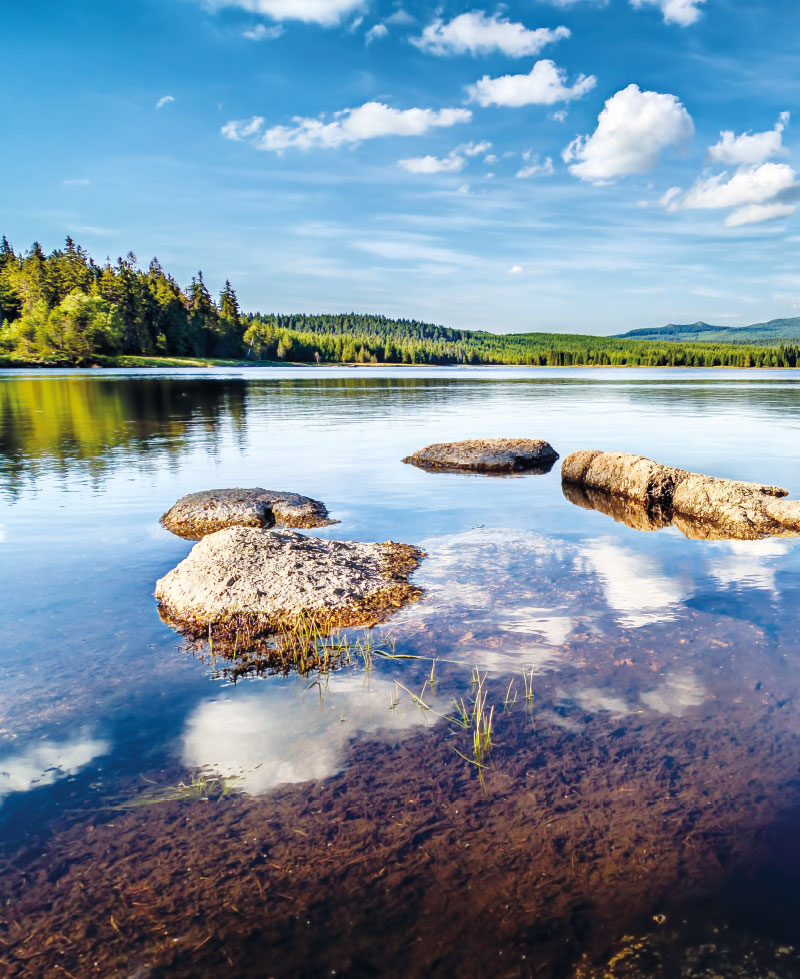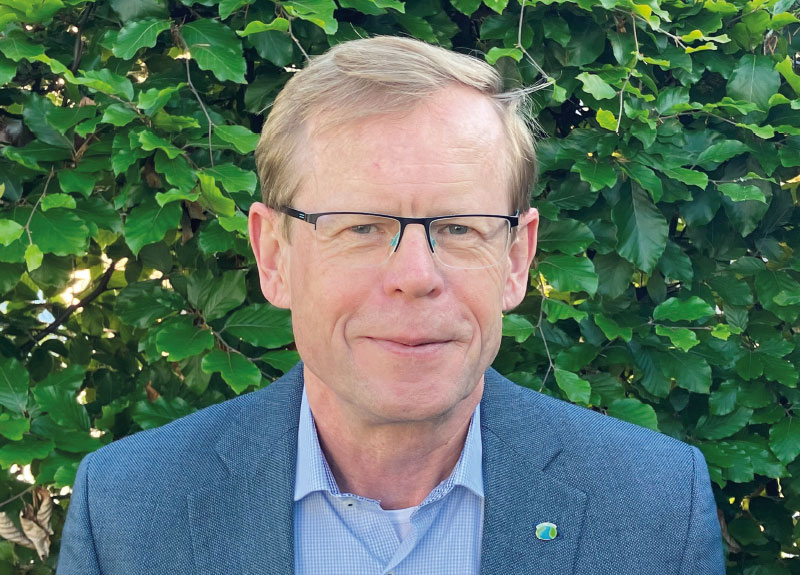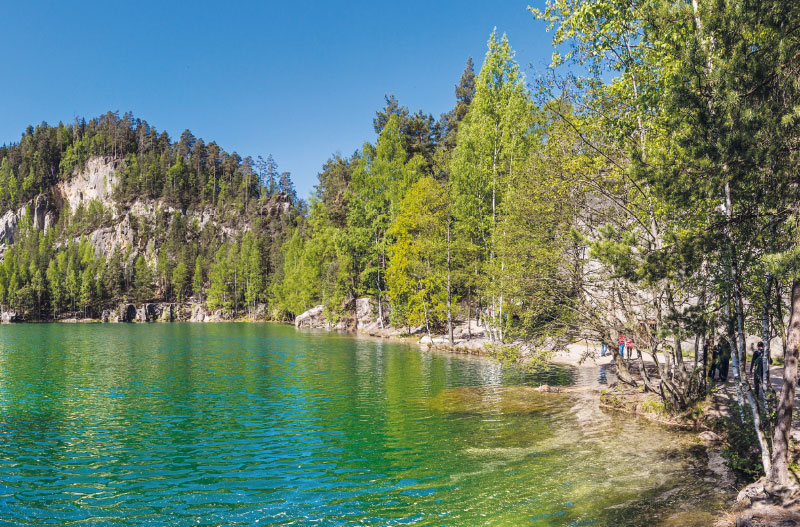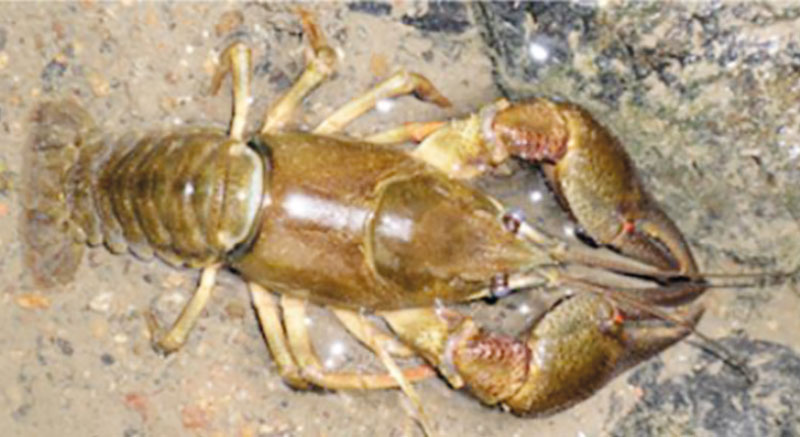The influence of wastewater on microbial contamination of the Vltava below Prague
In terms of public health protection, the most important indicator in surface water monitoring is microbial fecal contamination. Despite the introduc-tion of the best available technologies, their biggest source is treated and untreated municipal wastewater. Around 90 % of the Czech population use their local sewerage system, which is linked to a WWTP, treated, and discharged into recipient waters. Monitoring of microbial contamination of the Vltava below Prague CWWTP showed a level of fecal pollution in the 10 km section below the wastewater inflow in periods with different flow rates. Smaller tributaries of the Vltava, which bring treated wastewater from local WWTPs to the Vltava, were monitored as additional sources. From April 2022 to March 2023, the amount of Escherichia coli, enterococci, thermotolerant coliform bacteria, and Clostridium perfringens were monitored at ten sampling sites. The monitoring results showed relatively significant microbial pollution of the Vltava from Prague CWWTP dis-charge and, at the same time, the river’s substantial self-cleaning ability in the following section. This creates good potential for the river’s future utilization in the monitored area, with the exception of the section directly affected by the inflow of treated wastewater from Prague CWWTP. This study could be used to raise public awareness in order to minimize the health risk caused by the river’s inappropriate utilization (possible presence of pathogenic microorganisms, including carriers of antimicrobial resistance).
